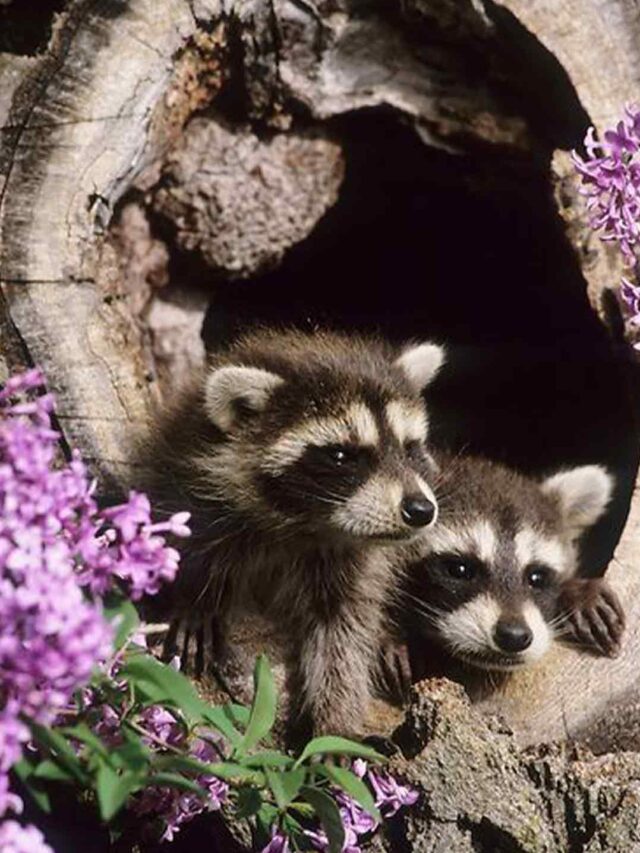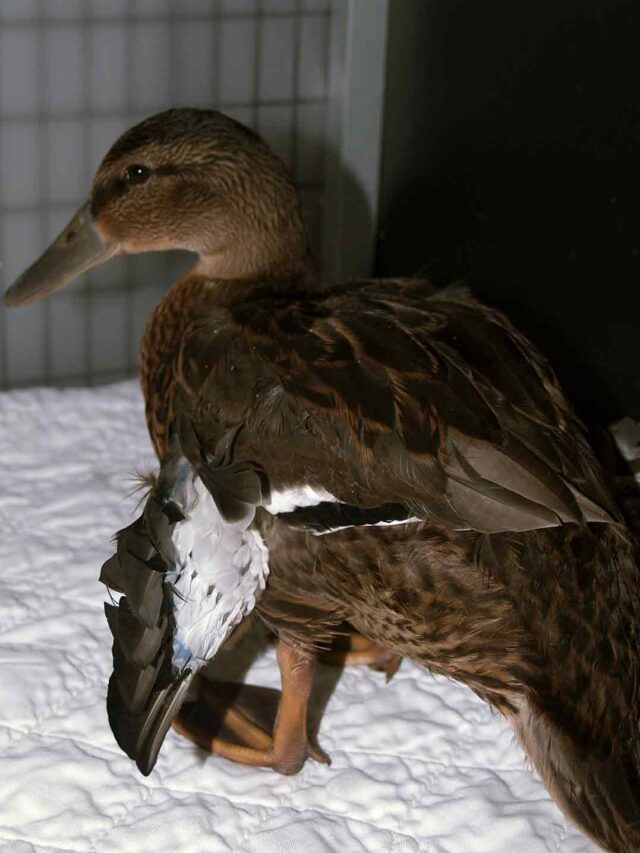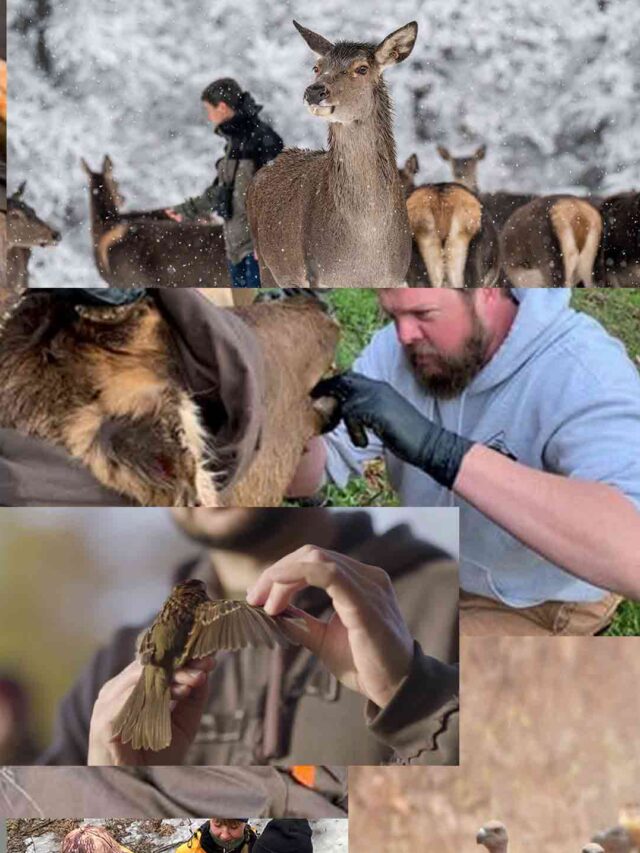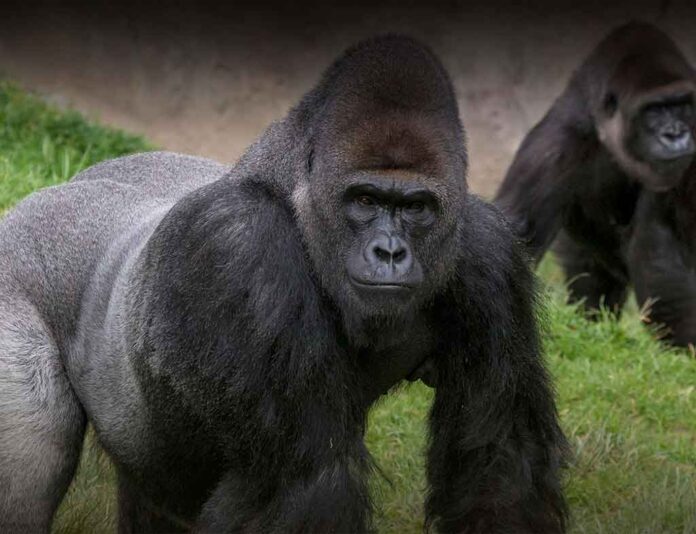
Gorilla The Gentle Giants are among the most magnificent and enigmatic creatures to inhabit the jungles of Africa. In this article, we delve into the world of gorillas, exploring their habitats, behaviours, and the challenges they face in the wild.
Gorillas are large primates belonging to the family Hominidae and are closely related to humans. They are primarily found in the dense forests of Central Africa and are known for their immense strength and gentle demeanour.
Table of Contents
Types of Gorilla The Gentle Giants
• Western Gorillas: Found in the forests of West Africa, Western gorillas are further divided into two subspecies: the Western lowland gorilla and the Cross River gorilla.
• Eastern Gorillas: Inhabiting the forests of East Africa, Eastern gorillas consist of two subspecies: the Eastern lowland gorilla and the critically endangered Mountain gorilla.
Habitat and Distribution
Gorilla The Gentle Giants inhabit tropical and subtropical forests, ranging from montane forests to lowland swamps. They are primarily found in countries such as Cameroon, Gabon, Congo, Uganda, and Rwanda.
Physical Characteristics
silverback gorilla strength is characterized by their robust build, muscular arms, and broad chests. They have coarse black hair covering their bodies, with adult males, known as silverbacks, distinguished by the silver-grey hair on their backs.
Diet and Feeding Habits
Female gorillas give birth to a single offspring after a gestation period of approximately nine months. Infant gorillas are dependent on their mothers for care and protection, remaining with them for several years until they reach maturity.
Threats to Gorillas
Gorilla The Gentle Giants face numerous threats in the wild, including habitat destruction, poaching, disease, and human encroachment. Deforestation and illegal hunting for bushmeat and the wildlife trade pose significant risks to their survival.
Conservation Efforts
Efforts to conserve eastern gorillas include the establishment of protected areas, community-based conservation initiatives, anti-poaching patrols, and ecotourism programs aimed at generating income for local communities while promoting eastern gorilla conservation.
Ecotourism and Gorilla Trekking
Gorilla The Gentle Giants trekking has become a popular ecotourism activity, providing tourists with the opportunity to observe these majestic creatures in their natural habitat. Visitors often bring back souvenirs such as a gorilla stuffed animal, which can also help support local communities and conservation efforts.
Role of Gorillas in Ecosystem
Eastern lowland gorillas play a vital role in their ecosystems as seed dispersers, helping to maintain forest biodiversity by dispersing seeds through their feces and shaping vegetation through their feeding habits.
Discovering the Heard Natural Science Museum & Wildlife Sanctuary
Gorilla The Gentle Giant
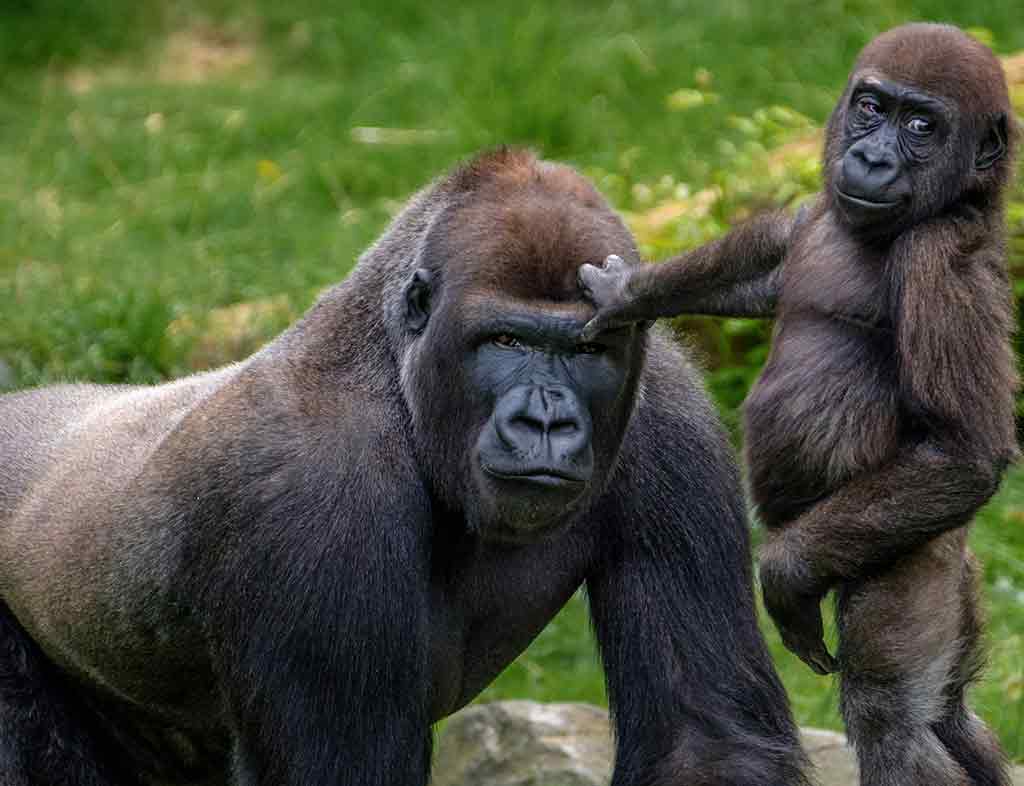
FAQs
Which Gorilla Glue strain is the strongest?
Gorilla Glue #4 is often considered one of the strongest strains due to its high THC content.
How strong is a gorilla?
Yes, gorillas can swim, although they typically avoid deep water unless necessary.
How strong is a silverback gorilla?
Silverback gorillas, the dominant males in gorilla groups, possess exceptional gorilla strength, capable of exerting tremendous force with their muscular bodies.
How much does a silverback gorilla weigh?
The size of a silverback gorilla is impressive, as they typically weigh between 136 to 227 kilograms (300 to 500 pounds), although some can grow even larger.
How fast can a Chubby Gorilla run?
Chubby Gorillas can reach speeds of up to 20 to 25 miles per hour (32 to 40 kilometres per hour) in short bursts.
What do mountain gorillas eat?
The gorilla diet of mountain gorillas primarily consists of vegetation, including leaves, shoots, fruits, and occasionally insects.
What do mountain gorillas need to survive?
Mountain gorillas require a stable habitat with adequate food sources, protection from poaching, and health initiatives to ensure their survival. Conservation efforts play a vital role in promoting the overall health of gorillas and safeguarding their existence.
How many mountain gorillas are left in the world?
As of the latest estimates, there are around 1,000 mountain gorillas left in the wild.

